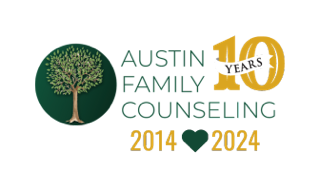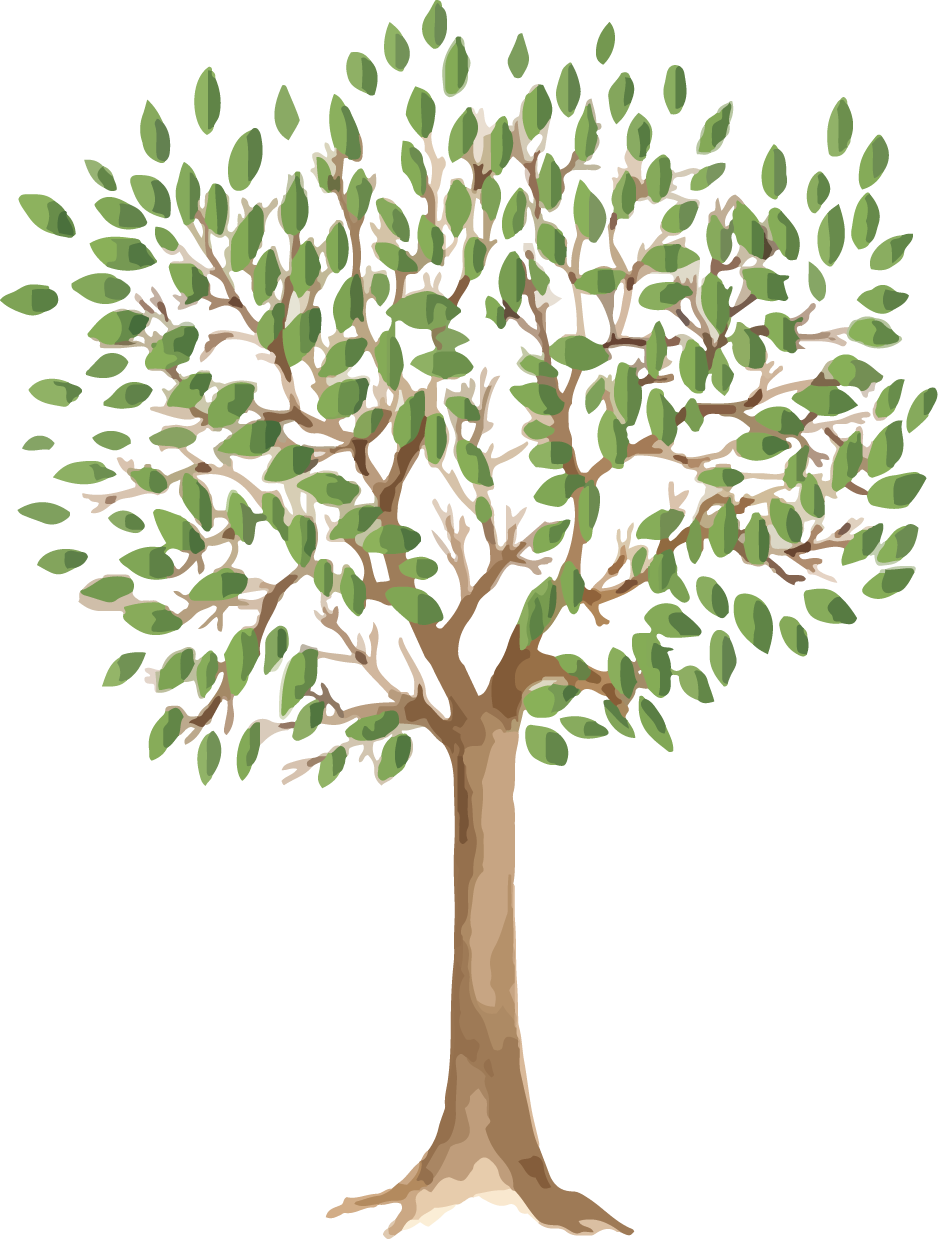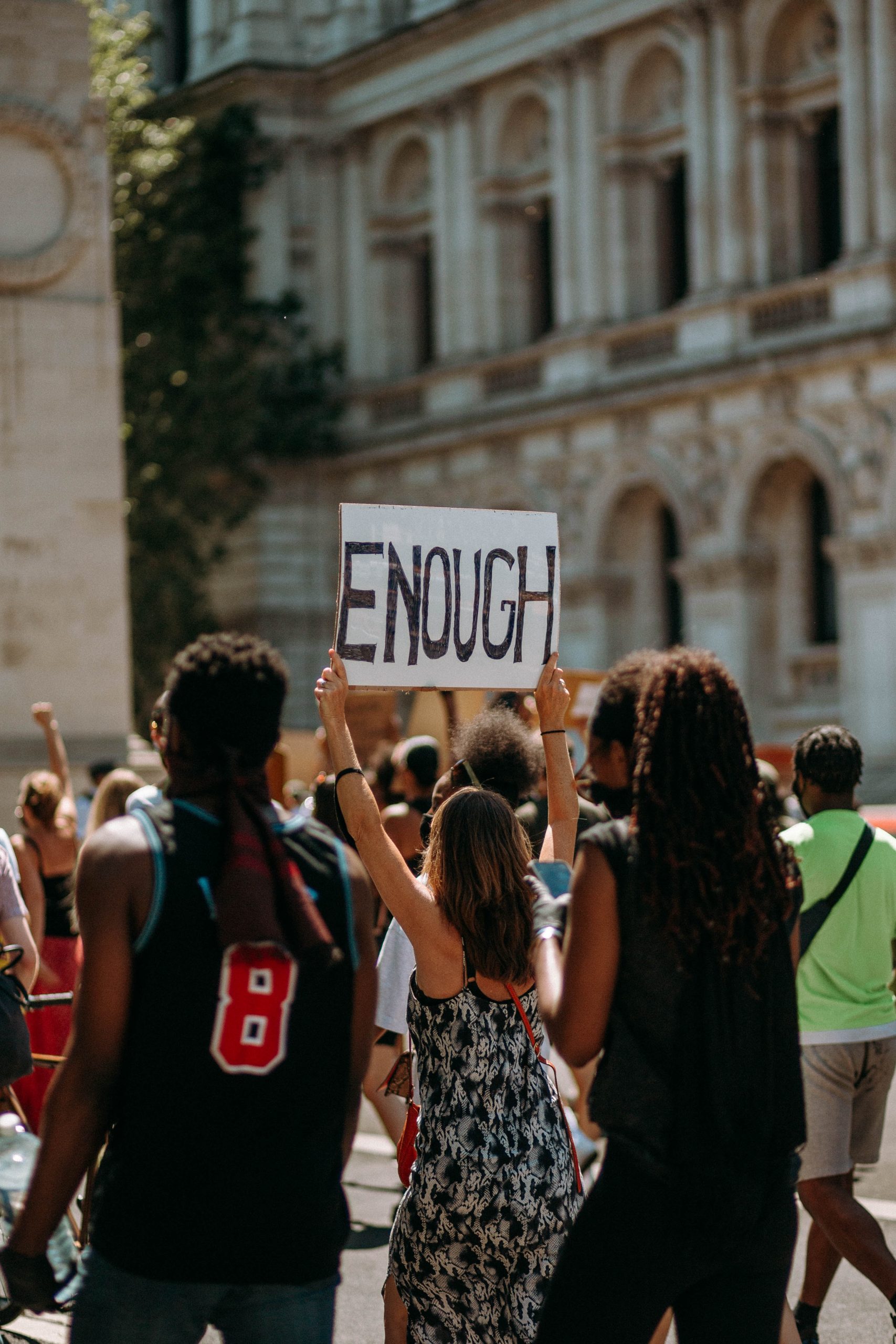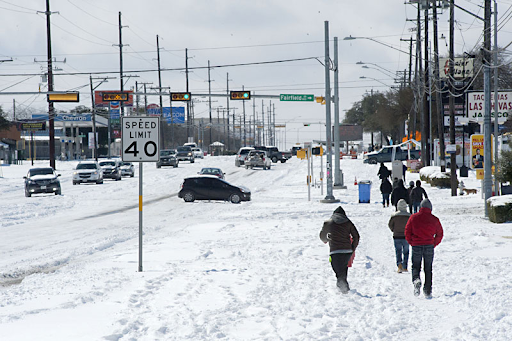If you have watched the news lately in Travis County, it was reported that a woman was killed by her boyfriend earlier this week, and that over the weekend a teen male held a shotgun to the neck of his girlfriend and threatened to kill her if she tried to break up with him again. It is clear that the epidemic of domestic violence is still on the rise, and with that truth I bring you the final part of my blog pertaining to myths about domestic violence. Stay tuned for future blogs on the subject – the discussion will not stop as long as the problem persists!
Myth #12: He is afraid of intimacy and abandonment.
Jealousy and possessiveness are common traits of abusive men, and their destructive and coercive behaviors often escalate when their partners attempt to break up with them. This supports the statistic that the victim is 75% more likely to be seriously injured or killed after trying to leave or just after leaving or ending the relationship.
Myth #13: He hates women.
Many believe that abusive men are abusive toward women because they have had largely negative experiences with women in the past, such as having an abusive or overbearing mother. The truth is most abusers don’t hate women – the issue is they do not respect women. Their attitudes toward women fall on a spectrum from being able to interact fairly well with most women (as long as they are not intimately involved with them) to being staunch misogynists who treat most women they come across with superiority and contempt. These attitudes of disrespect tend to come from their culture of values and conditioning, rather than previous negative experiences with women. Research has actually shown that men with abusive mothers do not tend to develop negative attitudes towards women, but men with abusive fathers do – the disrespect shown by abusive men toward their female partners and their daughters is often absorbed and mimicked by their sons.
Myth #14: There are as many abusive women as abusive men.
It is true that there are women who treat their partners badly, from berating them to attempting to control them. However, these instances are much less frequent and the instances of physical abuse, including physical intimidation and violence, and sexual abuse are even more rare. According to a report published by the National Institute of Justice, “women experience more intimate partner violence than do men,” with 22.1% of women surveyed reported they were physically assaulted by a current or former spouse, cohabitating partner, boyfriend or date, as opposed to 7.4% of surveyed reporting the same.[1] The same report shows that the majority (64%) of women who were physically assaulted, raped and/or stalked since the age of 18 were victimized by men, specifically a current or former husband, co-habit partner, boyfriend or date. It is important to note that men can be abused by other men and women can be abused by other women. The key aspects of verbal and emotional abuse, specifically using sarcasm, put-downs, twisting everything around on the other partner, and using other tactics of control, are seen in all abusive relationships, whether heterosexual or homosexual.
Myth #15: His abusiveness is as bad for him as for his partner.
The perpetrators of abuse get over the pain of abusive incidents far faster than those they abuse. In fact, abusers often tend to benefit in many ways from their controlling behaviors. Abusers often outperform their victims on psychological tests, such as those given for custody disputes, because they have not been traumatized by the long-term psychological or physical assault they inflict on their victims. Thus, if his abusiveness were truly as bad for him as it is for his partner, you would see him display the same reactions of trauma.
Resources:
- The National Domestic Violence Hotline:1-800-799-7233, thehotline.org.
- Safe Place: 512-267-SAFE (7233), safeplace.org
- Lifeworks: 512-735-2400, lifeworksaustin.org
- The National Coalition Against Domestic Violence: ncadv.org
[1] Tjaden, P. & Thoennes, N., (2000) Full Report of the Prevalence, Incidence, and Consequences of Violence Against Women: Findings from the National Violence Against Women Survey, National Institute of Justice, Office of Justice Programs, U.S. Department of Justice. www.ncjrs.gov.












